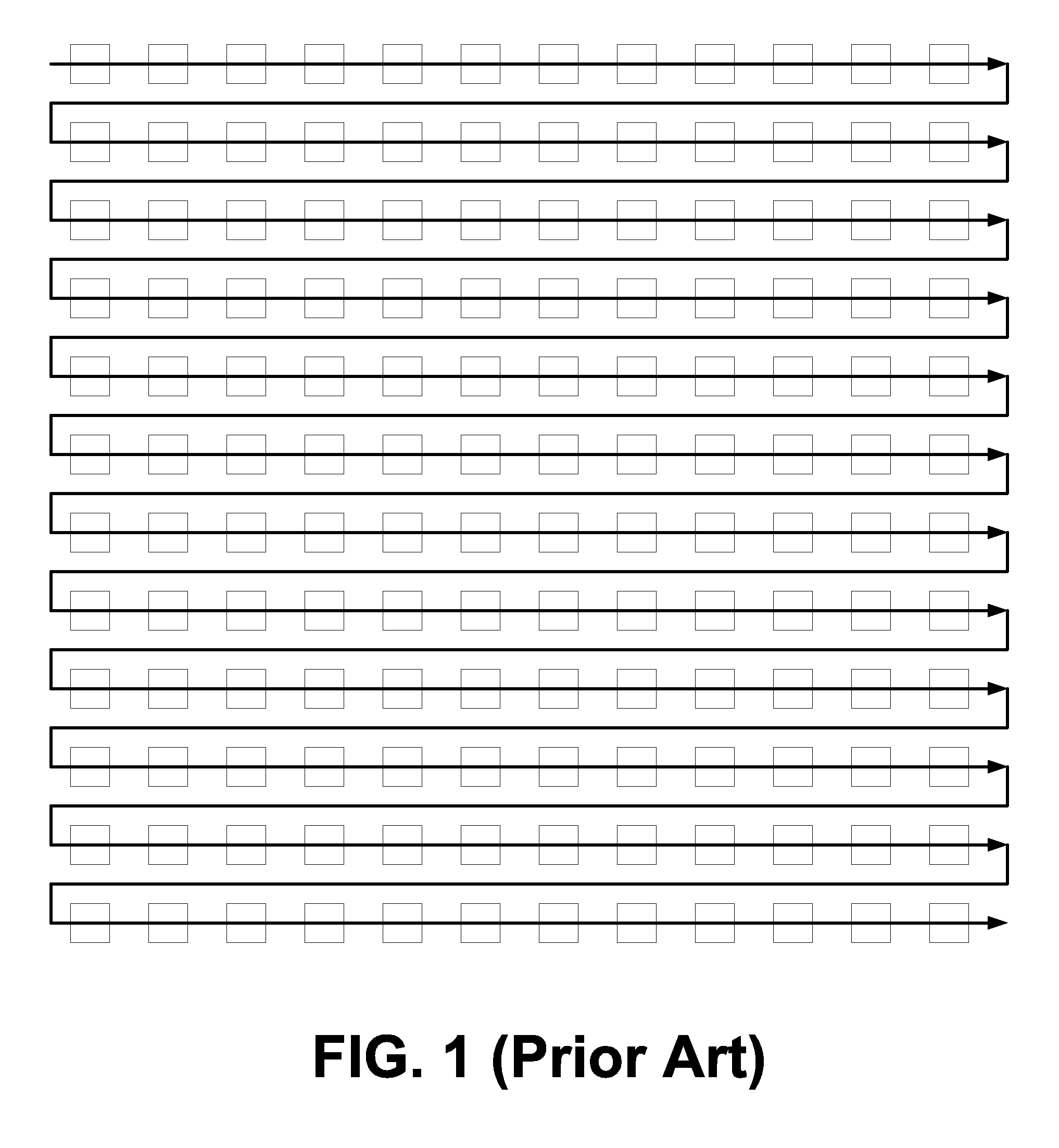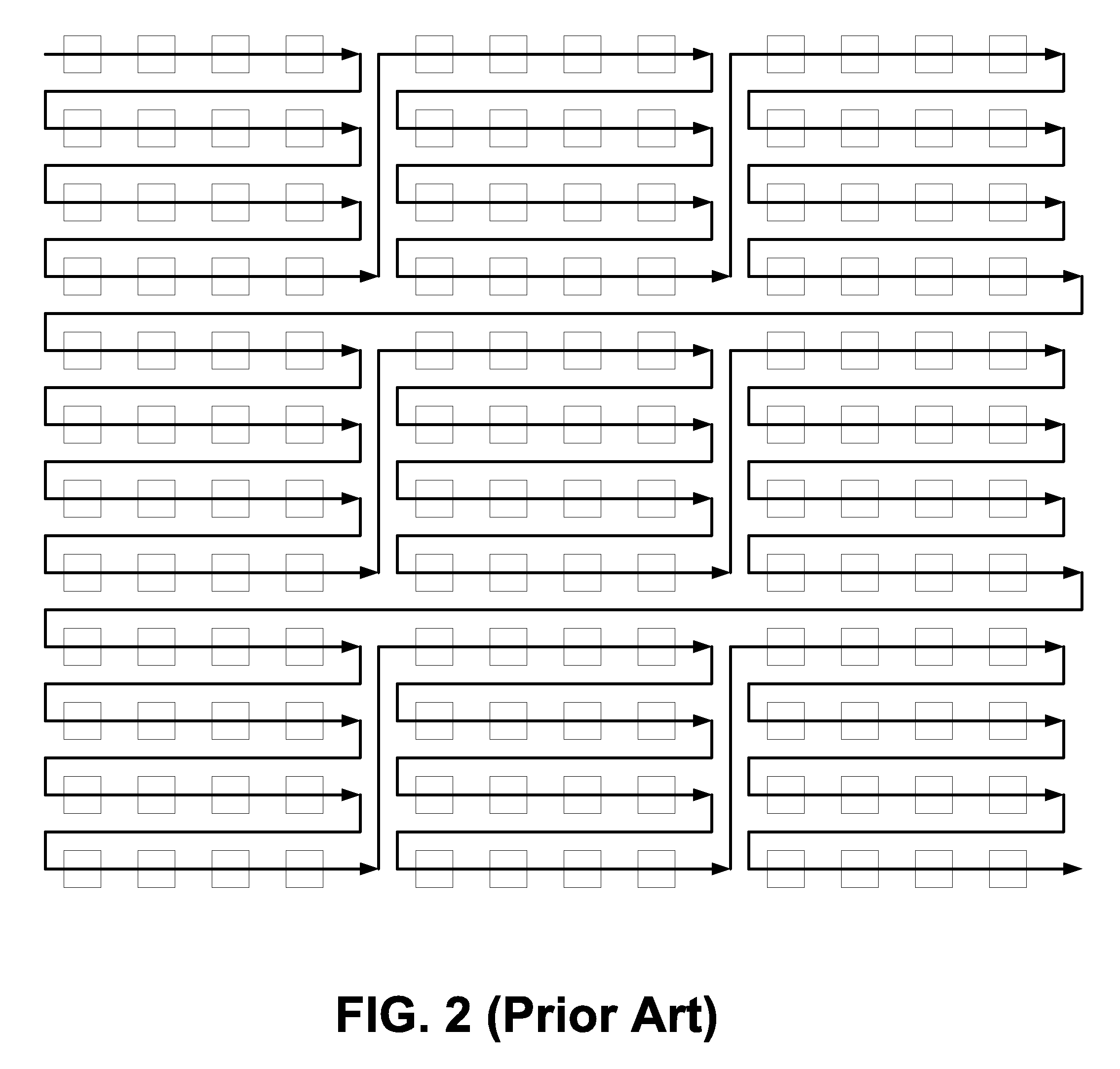Systems and methods for raster-to-block converter
a technology of raster-to-block converter and system method, applied in the field of digital image processing, can solve the problems of complex and not easily scalable, video memory is usually very high performance and expensive, and the cost of memory is usually twice the cost, and achieves the effect of sufficient capacity
- Summary
- Abstract
- Description
- Claims
- Application Information
AI Technical Summary
Benefits of technology
Problems solved by technology
Method used
Image
Examples
Embodiment Construction
[0053]A detailed description of embodiments of the present invention is presented below. While the disclosure will be described in connection with these drawings, there is no intent to limit it to the embodiment or embodiments disclosed herein. On the contrary, the intent is to cover all alternatives, modifications and equivalents included within the spirit and scope of the disclosure.
[0054]Rather than ping-ponging between two image band buffers, an incoming pixel can be stored in a memory location vacated by an outgoing pixel. By doing this, the order in which the addresses should be read ultimately will be scrambled. However, each row of any given block will remain continuous. Therefore, it is convenient to refer to a row of a block as a sliver. Therefore, an m×n block will comprise n m×1 slivers. For the foregoing discussion, it is convenient to describe a general image raster to block converter in terms of the following parameters. A block is denoted as having m×n pixels. The im...
PUM
 Login to View More
Login to View More Abstract
Description
Claims
Application Information
 Login to View More
Login to View More - R&D
- Intellectual Property
- Life Sciences
- Materials
- Tech Scout
- Unparalleled Data Quality
- Higher Quality Content
- 60% Fewer Hallucinations
Browse by: Latest US Patents, China's latest patents, Technical Efficacy Thesaurus, Application Domain, Technology Topic, Popular Technical Reports.
© 2025 PatSnap. All rights reserved.Legal|Privacy policy|Modern Slavery Act Transparency Statement|Sitemap|About US| Contact US: help@patsnap.com



